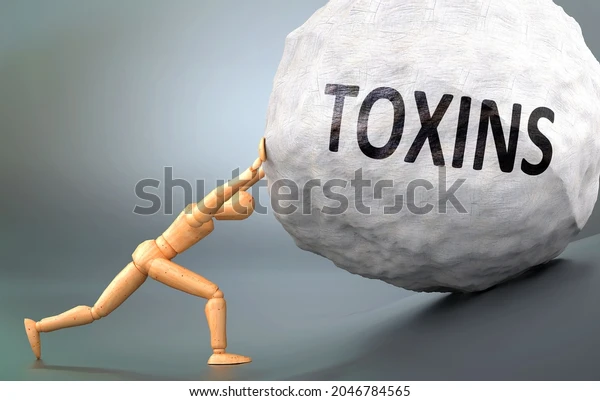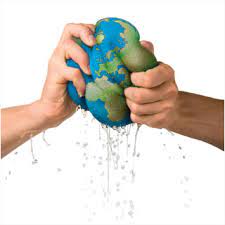HEALTH SAFETY: WOMENS SANITARY PRODUCTS AND MENS GROOMING PRODUCTS
In 2020 the ‘Toxic Free Report’ revealed the true ingredients of a big brand non organic tampons and sanitary pads. It was found that many of these products contain pesticide and plasticizers.
Do women even question what ingredients are in menstrual products, what chemicals they may contain. Independent research has detected the presence of toxic chemicals that can mimic hormones.
Disruptive chemicals (EDCs) that are linked to cancer or reproductive disorders.
January 28th 2019 a report included ‘how diapers and menstrual pads are exposing babies and women to hormone disrupting toxic chemicals. Health advocates say the report is the latest example of products falling through a regulation process.
The report stated that most diapers and sanitary pads contain volatile organic compounds, that long exposure of these significant chemicals could be absorbed via the genitals.
More than 1500 women complained and signed a class action lawsuit claiming harm from menstrual pads made by the company Lillian.
The pads were removed from the market. Women suffered rashes, infections, irregular periods and bad cramping. Overseas Children’s Health Advocates have for years asked for stricter regulations on babies diapers
FDA do not consider these as medical devices therefore they are not required to go through medical testing to prove safety. Children health advocates have for years asked for stricter regulation of baby diapers,
Science Direct reported in 2020 that ‘Violatile organic compounds in feminine hygiene products sold on the US market, in a survey of products and health risks.
These products are used widely across the world, US sales of these products amount to $3 billion annually.
These included tampons, menstrual pads, sanitary pads and liners, washes sprays and wipes. Stats.com 2020 reported that a woman may use more than 10,000 pads or tampons across her menstrual lifecycle
In 2020, New York State will require disclosure of FHP ingredients, the first such requirement of its kind in the US (AP News, 2019).
Health reports state that arteries, blood vessels and lymphatic vessels are abundant in the vaginal wall, this allows for direct transfer of chemicals to the blood through the peripheral circulation
May 19th 2021 Stuff NZ reported “Most women are unaware period products sold in New Zealand contain plastic”. But there are lax labelling standards, most women are unaware they could be introducing potentially harmful products into their bodies.
A survey revealed that 61% of respondents were unaware that most tampons contain plastics.
The majority of period products sold in New Zealand contain plastics, but due to lax labelling standards, most women are unaware they could be introducing potentially harmful products into their bodies each month.
A recent survey found 61 per cent of respondents were unaware most tampons contain plastics. Products are exempt from mandatory labelling requirements. This means the manufacturers are under no obligation to list all or any of the elements used to create a sanitary pad, tampon, liner Most tampons on sale in NZ use polypropylene, polyester and or polyethylene to give tampons a smooth exterior coating.
Most tampons on sale in New Zealand use polypropylene, polyester and/or polyethylene to give tampons their smooth exterior coating That part makes direct contact with a woman’s vaginal passage. University of Canterbury an environmental chemist researches human exposure to contaminates said that those products are plastics and could release plastic fragments. She said the health effects of plastics in humans from ingestion is unknown, but small fragments of plastics can move around. Gaw added “That a lot of this we don’t knowof the potential dangers”
Polyester fabric, for example, often contained antimony, which has been identified as a possible carcinogen by the International Agency for Research on Cancer.
“That we need to think about those products because they are used in a potential exposure pathway into the body with proximity to reproductive organs. Without mandatory labelling, said Gaw, it was difficult to fully investigate the safety of products on the market. Sani women have the right to be fully informed before making that choice.
This should be the same for any products ingested, injected into our bodies, we all have the right to know the full ingredients contained in the products and the risks, adverse effects that may occur.
What about Mens Products, such as deodrants, aftershave, shaving cream that contain toxic chemicals that link to cancer, sperm damage and other health problems says a report by Environmental Defence. The Non Profit charity released ‘The Manscape: The Dirt on Toxic Ingredients in Mens Body Care Products to raise awareness of toxins in grooming products. They said “People think of this as a women’s products issue. This came about as mens health issues were on the agenda thanks to Movember, a month long campaign which sees men grow facial hair to raise awareness about prostrate cancer.
Environmental Defence as previously investigated women’s products but this was the first time they peered inside men’s shaving kits. Time to push NZ Politicians to publish ingredients in their entirety that enter our bodies
-
-
Tuesday - May 10, 2022 - HEALTH AND SAFETY
(6)






Leave a Comment